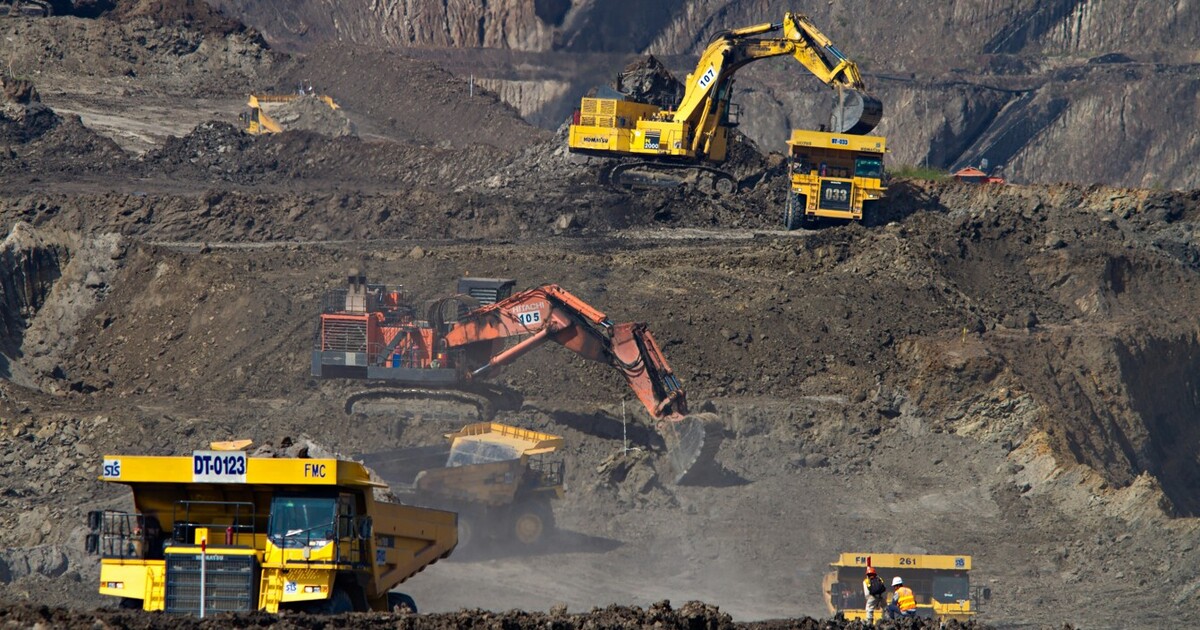“Peak Coal” and the Sobering Reality
Global coal consumption continues to grow with no end in sight.
June 24, 2025

Coal is cheap and abundant — and the single most polluting energy source.
More than 30% of carbon emissions since the industrial revolution have come from burning coal.
The International Energy Agency declared in 2020 that global “coal demand peaked in 2013.”
In reality, ten years after the signing of the Paris Accord, global demand for coal is still growing. Worse, it shows no signs of peaking.
At present, the world burns not only nearly double the amount of coal that it did in 2000, but also four times the amount it did in 1950.
Coal use hit a record high last year — and the IEA now forecasts consumption to increase slightly.
Large developing economies such as China, India and Indonesia depend on it to expand their electricity systems.
While India, for example, wants to reach net zero emissions by 2070, its government, as is the case for other countries in the global South, needs to raise the living standards of its population and aims to connect people to the electricity grid while also pursuing a strategy of turning themselves into a manufacturing hub.
Poland is the only European country with a coal plant under construction. Forty six sites are under construction in India and more than 300 in China.
China accounts for 80% of global coal power plants under construction.
In the Americas, Argentina is the only country that has a coal plant under construction.
In Africa, Zimbabwe, South Africa and Zambia are the only nations building coal power units at present.
U.S. President Donald Trump talks about “beautiful, clean, coal“ and has signed several executive orders to boost the U.S. coal industry.
Meanwhile, the consensus of all climate models is that coal has to go out first and fastest.
The world’s energy needs are growing so quickly that the world simply needs more of everything — not just more renewables, but also more nuclear, more oil, more gas and more coal.
This indicates that there is not a move away from fossil fuels and towards renewable energy, but an increase in all directions.
Sources: Global Carbon Project, IEA, Oxford University, FT
Takeaways
At present, the world burns not only nearly double the amount of coal that it did in 2000, but also four times the amount it did in 1950.
Coal use hit a record high last year — and the IEA now forecasts consumption to increase slightly.
China accounts for 80% of global coal power plants under construction.
